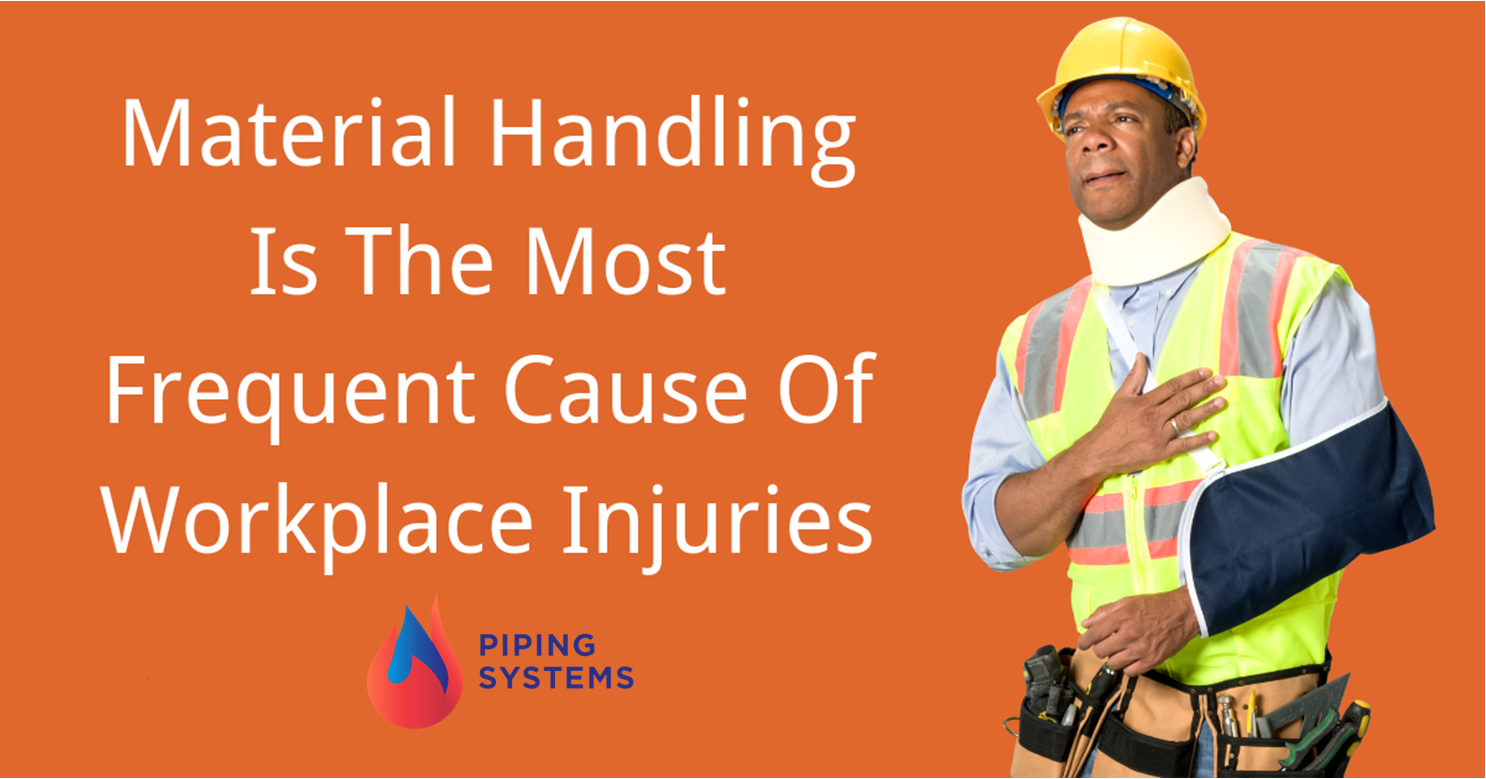Published May 13, 2019

In any type of warehousing, distribution, production, manufacturing or fabrication industry, employees are constantly required to move and manage materials. Not surprisingly, incorrect or unsafe practices in moving materials can result in minor to very significant injuries.
OSHA provides a range of regulations for businesses to help educate and inform employees about safe material handling practices.
It is critical for any type of business with a small number of employees to multiple shifts across a number of facilities and locations to include regular training and talks on the safe handling of the specific types of materials your employees have to manage on a daily basis.
Manual Moving of Materials
Back injuries are the most common type of injury reported when the manual movement of materials is required. This is often a combination of incorrect lifting methods combined with lifting materials that are too heavy or bulking to be safely lifted by one or more people.
Talking with employees and teaching them how to lift correctly, using the legs and not the back, is important. It is also important to stress the use of safety equipment such as gloves, the appropriate steel-toed boots or shoes, as well as the use of equipment to lift heavy objects. This can include blocking materials that not only lift but support the load until moving equipment such as dollies or pallet jacks can be positioned in place.
Mechanical Movement of Materials
Forklifts, pallet jacks, and dollies may help move the materials, but they also create potential risks. Failing to operate equipment properly, overloading equipment or incorrectly placing loads on the equipment can be a significant risk of injury.
It is important to train operators and to ensure only trained individuals are using mechanical material moving equipment. This requires training for new employees and ongoing training for those experienced as operators.
Conveyor Systems
In many types of warehouses and production facilities, conveyor systems are essential to moving materials throughout the system. Conveyor belts can pose a significant risk if they are not correctly maintained and if safety procedures are not in place.
Some safety issues to consider for those buildings and areas with conveyors include emergency stop buttons at areas where employees are working on or near the conveyor. Some systems use cables that run just under the conveyor belt for access to the emergency stop feature anywhere along with the system.
Conveyor systems should always be designed with guards in any areas where the conveyor is overhead. Painting the floor underneath these areas also alerts employees to the risk of items falling from the overhead system.
Cranes are another concern in material handling. The operators for any type of crane should be required to be fully trained in the use of the equipment, including safety checks before moving anything using the crane. Operators should also be aware of the weight rating for the system and to know the correct way to attach the load to the crane to prevent the load from shifting and falling during movement.
Effective safety practices in material handling can be complicated, but they are essential to understand. Regular training and safety talks can be instrumental in keeping these issues front and center for your employees.